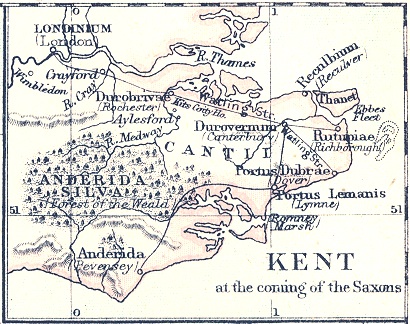Archaeologists have found yet another oblong building from 3,800BC.
This one is a 'communal hall' which was burned as a funeral pyre before being buried. They've found artifacts from Yorkshire that were placed after the event and think the place was some sort of pilgrimage site as it's in Herefordshire at Dorstone Hill.
Still they don't think it was a hill fort, for the time being. Perhaps it was an early Anglo Saxon incursion showing the ancients how to do oblong instead of circular.
http://www.dailymail.co.uk/sciencetech/ ... henge.html

Click the above logo to return to the main site
